Balancing the Budget through Cultural Innovation
What is our Government’s fiscal goal?
Goal: To move towards a balanced budget.
- Historical Solutions
- Increase government revenue via tax increases.
- Reduce government spending via decreased services.
- Innovative Solution
- Reduce the cost of services while maintaining the volume and quality of services by creating a new government culture that celebrates and rewards cost saving innovations.
Steps to Creating an Innovative Culture
- Position the Government as a caring, compassionate, hardworking and fiscally responsible organization that ensures ongoing access to high-quality programs and services.
- Challenge all individuals who are responsible for either monitoring or delivering programs and services to strengthen their leadership, management, and innovative skills.
- Move away from a singular provider of programs and services to an environment where the public has many choices of public and private providers of government sponsored services. This will ensure that where the public goes, so does government funding.
- Ensure that the public is able to make more informed and objective decisions of where to obtain government sponsored programs and services by establishing a public website for each department that provides comparative and objective information about each provider. This will further increase accountability and make government more transparent.
- Challenge all public and private programs and service providers (including health care, education, higher education, and social services) to propose more innovative and creative ways of providing current services that ensure the level and quality of service yet clearly reduces the cost.
The first step in this regard is to have each department conduct a basic analysis of all programs and services delivered on its behalf to determine unit costs. For example, what does it cost to replace a knee or deliver a year of education by one provider vs. another? This basic analysis will help make department personnel, elected officials, and the public more aware of what the actual cost is for each program and service and where they are getting the best bang of the taxpayer buck.
- Reward and recognize successful innovators and provide them with government support. Meanwhile, reduce or eliminate financial support to public or private providers unwilling to change. This will help current providers understand that same-old is no longer acceptable.
- Reduce the amount of government paper work such as processing reports by ninety percent and focus instead on simple straight-forward reports regarding results, outputs, outcomes, quality of service, and the satisfaction of patients, clients, students, and other stakeholders (including tax payers).
- Put all public and private providers of programs and services on the same level playing field. Provide the same level of financial support to service providers delivering the same level and quality of services and meeting the same standards.
- Use such tools as Social Impact Bonds, public private partnerships, pilot projects, and demonstration projects to introduce and explore new innovative and creative ways to deliver the same programs and services in a more efficient and effective manner that realizes clear financial savings to the overall government budget.
- Celebrate and reward government department personnel as well as specific organizations and individuals who clearly contribute to the creation of this new culture.
An Example of Innovative Culture
Alberta’s economic future is primarily based on the ability of private corporations to have access to a pool of skilled workers that will produce leading edge products and services that are priced competitively in an ever-changing world market. However, the government has forecast a shortage of 77,000 skilled workers. Shortages already exist in such areas as trades and technology, health sciences, business, and physical, natural and applied sciences. These shortages hold back the economic engine of this province.
According to a government report, Alberta does not have the population base to meet its forecast labour market demands. Therefore the government needs to:
- Promote inter-provincial and international migration.
- Increase the participation rate of historically underrepresented populations. These populations include immigrants, aboriginals, the disabled, high school non-completers and older adults.
To prepare members of these groups for skilled positions additional funding needs to be added to such developmental programs as English as a Second Language, literacy training, and Adult Upgrading. This will help prepare these adults for enrolment in College and University programs.
In keeping with the above statements under the heading Creating an Innovative Culture, the Government needs to challenge its public and private institutions to propose new innovative and more cost effective methods of delivering these developmental programs.
Infrastructure
Rather than consider infrastructure spending as a short term purchase, the government should view it as most citizens do a new home, as a long-term purchase which includes a mortgage and pay it back over an extended period of time.
